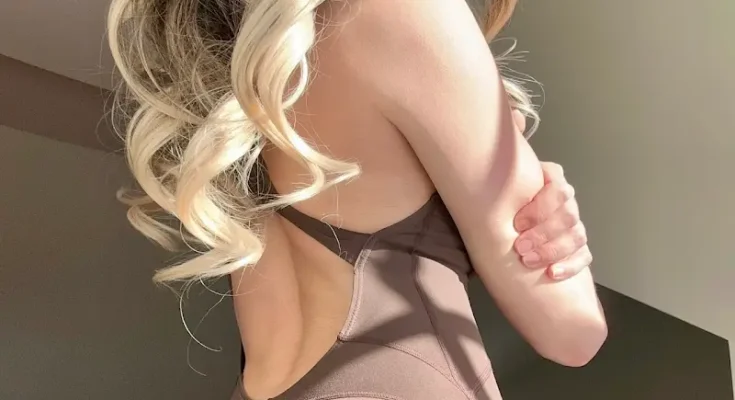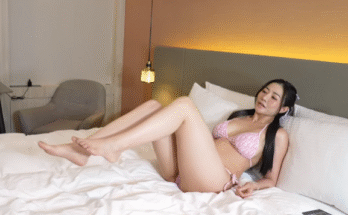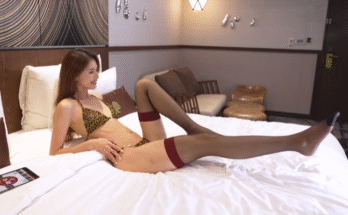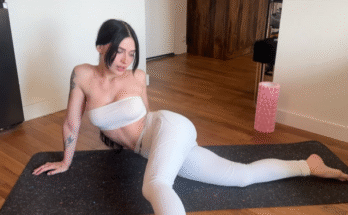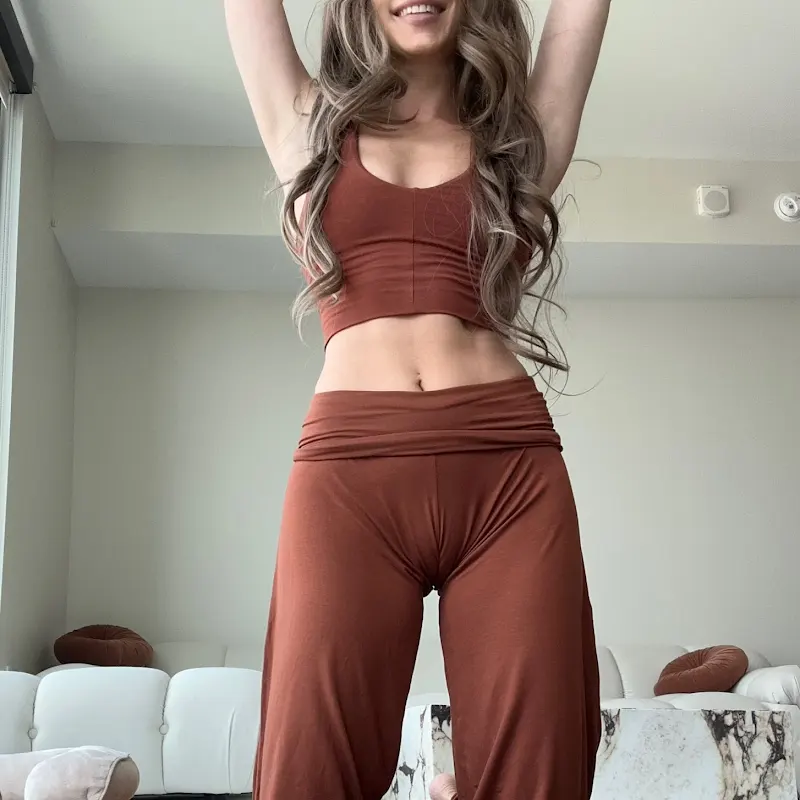
Yoga is a gift for the body and mind, and among its many poses, few are as playful, gentle, and deeply effective for the hips as the Happy Baby Pose. Known in Sanskrit as Ananda Balasana, this stretch is loved by beginners and advanced yogis alike because it’s simple to practice yet offers profound benefits. Just like its name suggests, the pose resembles the carefree position of a baby lying on its back, grabbing its little feet with joy.
In this article, we’ll explore what the Happy Baby Pose is, how to practice it step by step, why it’s particularly great for hip loosening, and tips to make the most out of it. Whether you’re a yoga enthusiast or someone just beginning their journey, this pose can become a cornerstone of your hip-opening routine.
What is the Happy Baby Pose?
The Happy Baby Pose is a supine (lying on the back) posture that gently stretches the hips, groin, and lower back. When you lie down, bend your knees toward your chest, and hold onto your feet, you mimic the natural, relaxed position of infants. Babies instinctively move into this pose without effort—it’s part of their natural flexibility and playfulness. For adults, revisiting this posture brings not only physical release but also a sense of light-hearted joy and relaxation.
The purpose of this stretch is to loosen the hip joints, encourage spinal alignment, and release stored tension in the lower back. It is also a restorative pose, making it perfect for winding down after a long day or after an intense workout.
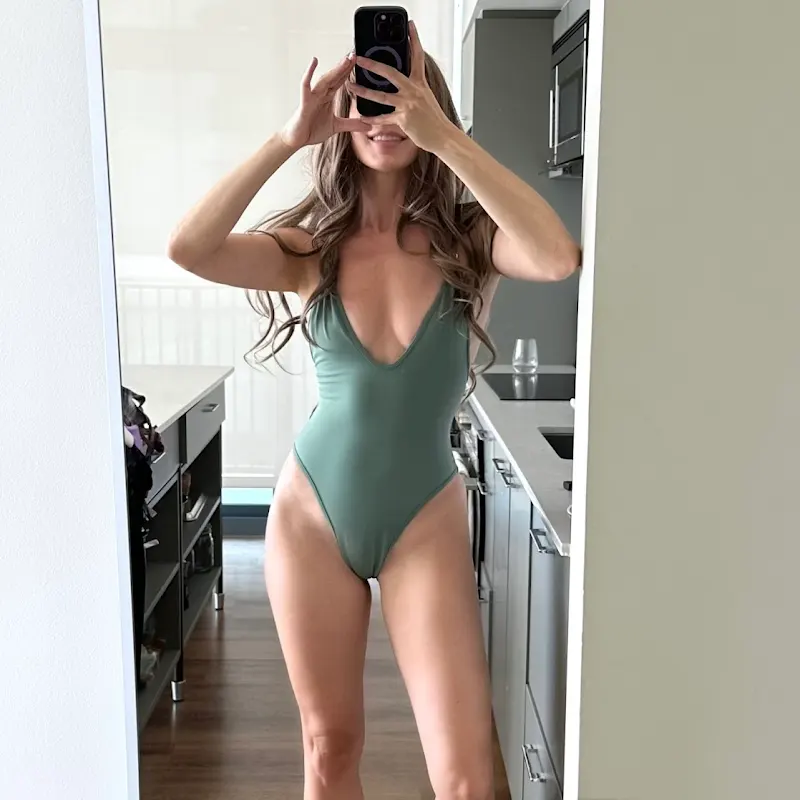
Step-by-Step Guide to Practicing Happy Baby
- Start on Your Back
Lie flat on your yoga mat with your legs extended and arms resting at your sides. Allow your spine to settle and your breath to flow naturally. - Bring Knees Toward Chest
On an exhale, bend your knees and draw them toward your belly. Your thighs should be wider than your torso, opening slightly toward your armpits. - Grab Your Feet
Reach your hands up and hold the outer edges of your feet. If you can’t reach comfortably, you can hold your ankles or use a yoga strap around your feet. - Position the Ankles and Knees
Gently stack your ankles above your knees, creating a 90-degree angle at the knees. Your shins should be perpendicular to the floor. - Relax Shoulders and Back
Keep your shoulders relaxed on the mat. Avoid hunching your neck or rounding your back. The entire spine, especially the lower back, should rest comfortably on the floor. - Stay and Breathe
Hold the pose for 30 seconds to 2 minutes, depending on your comfort level. Focus on deep, steady breathing, feeling your hips and lower back release tension with every exhale. - Optional Movements
To make the pose more dynamic, gently rock side to side like a baby, massaging your spine against the mat. This adds a playful element while soothing the back muscles.
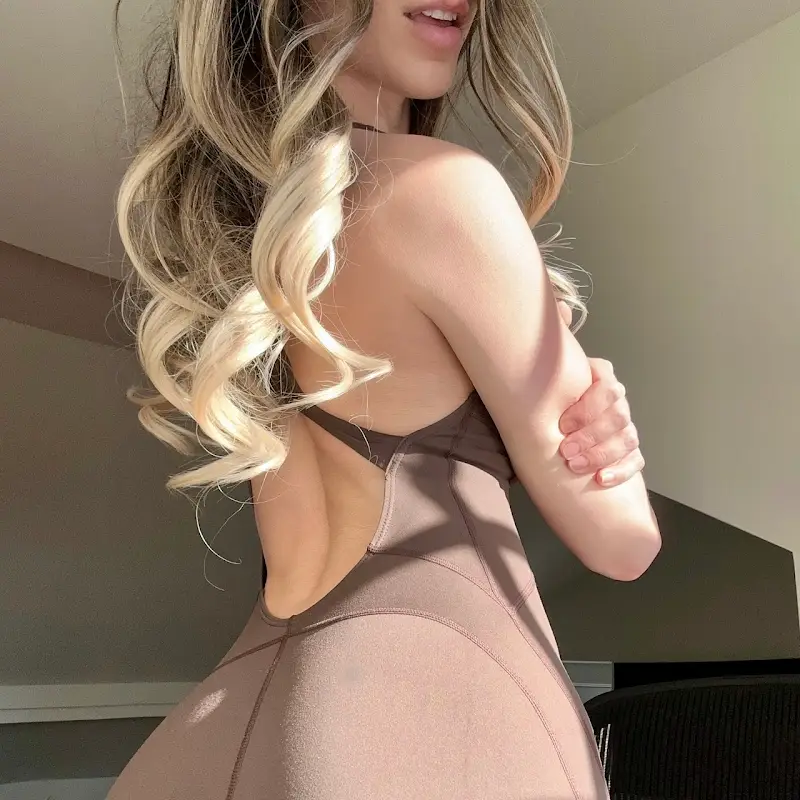
Benefits of the Happy Baby Pose
1. Hip Loosening
The main focus of this pose is the hips. Sitting for long hours, running, or even heavy lifting can cause tightness in the hip flexors and groin. Happy Baby gently opens the inner thighs and hip joints, promoting flexibility and mobility.
2. Lower Back Release
When your back is pressed to the floor in this position, it lengthens and decompresses the lower spine. This makes it a great stretch for people who experience stiffness or mild lower back discomfort.
3. Stress and Anxiety Reduction
Happy Baby isn’t just a physical stretch—it also calms the nervous system. The playful nature of the pose, combined with deep breathing, helps release mental stress, leaving you feeling grounded and lighthearted.
4. Improved Posture
By stretching the hips and aligning the spine, this pose indirectly improves posture. Many posture problems are linked to tight hips and a compressed lower back; Happy Baby addresses both.
5. Digestive Support
The gentle compression of the belly in this pose can stimulate digestion and ease bloating, especially if practiced after a meal has fully digested.
Modifications and Variations
Every body is different, and flexibility levels vary. Here are some modifications to help you practice safely and comfortably:
- Strap Support: If reaching your feet is difficult, loop a yoga strap around each foot and hold the straps instead.
- Knee Hold: Instead of holding the feet, hold your shins or behind your knees.
- One-Leg Happy Baby: Practice with one leg at a time for a gentler stretch. Keep the other leg bent or extended on the mat.
- Rocking Happy Baby: Add gentle rocking to massage the spine and release more tension.
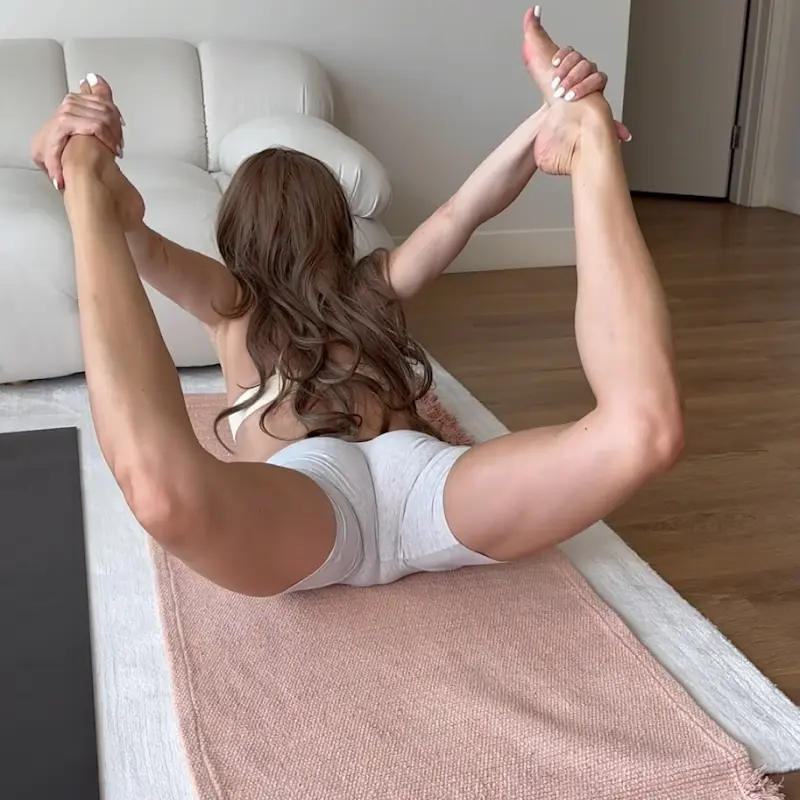
Common Mistakes to Avoid
- Lifting the Lower Back Off the Mat
The goal is to keep your spine grounded. If your lower back arches too much, ease out of the pose or use props. - Straining to Grab Feet
Forcing your hands to your feet can create tension in the shoulders. Modify with straps if needed. - Holding the Breath
Remember that yoga is about breath and movement. Breathe deeply and consistently while holding the pose. - Forcing Flexibility
This is a gentle stretch, not a competition. Go only as far as your body allows without pain.
When to Avoid Happy Baby
While the Happy Baby Pose is generally safe, there are certain situations where caution or avoidance is recommended:
- Knee or ankle injuries: The flexion might cause discomfort.
- Pregnancy: After the first trimester, lying flat on the back for long periods may not be safe.
- Severe lower back pain: Always consult a healthcare professional before practicing.
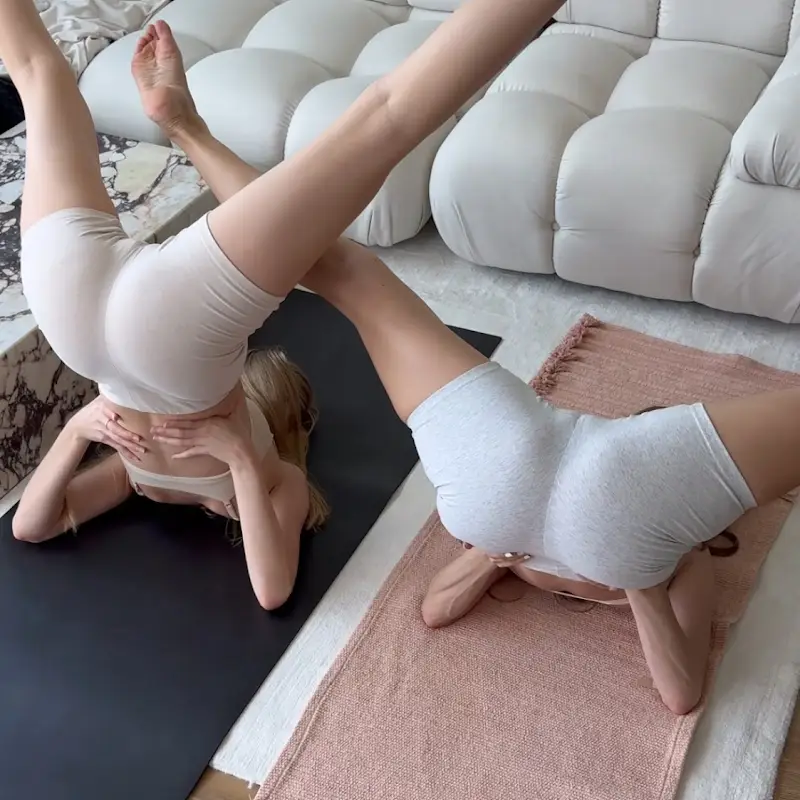
Incorporating Happy Baby Into Your Practice
The Happy Baby Pose can be practiced on its own as a stretch or as part of a longer yoga sequence. Here are some ideas for when to include it:
- At the beginning of practice to gently open the hips.
- At the end of a workout to cool down and stretch the lower body.
- Before bed as a calming ritual to release tension.
- During meditation or relaxation time to connect with a playful, childlike energy.
A Mind-Body Connection
The Happy Baby Pose is more than just a hip opener—it’s also symbolic. Babies embody innocence, joy, and freedom of movement. When adults return to this pose, it invites a moment of playfulness and surrender, reminding us to let go of daily stress. Emotionally, the hips are often said to be a storage area for tension and even unresolved feelings. By practicing Happy Baby regularly, you may find not only physical release but also a sense of emotional lightness.
Final Thoughts
The Happy Baby Hip Loosening Yoga Stretch is simple yet transformative. It allows you to reconnect with the natural openness and joy of early life while delivering tangible benefits for your hips, lower back, and mind.
Whether you practice it daily or just occasionally, this pose is a gentle reminder that flexibility and freedom are not just physical qualities but states of being. Approach it with patience, a smile, and a playful heart—you’ll be surprised at how much lighter, looser, and happier you feel.
